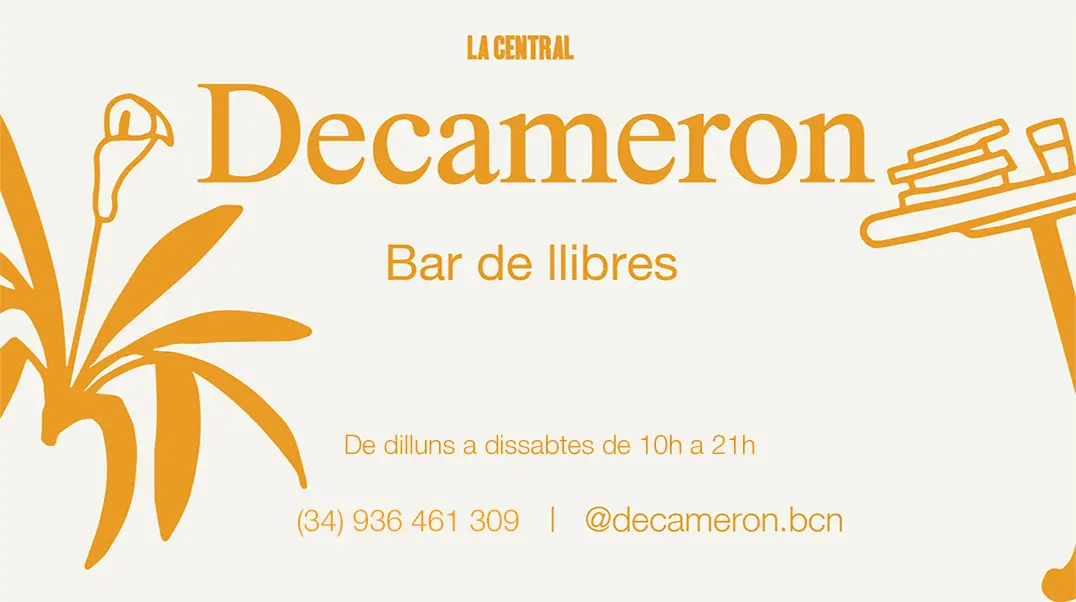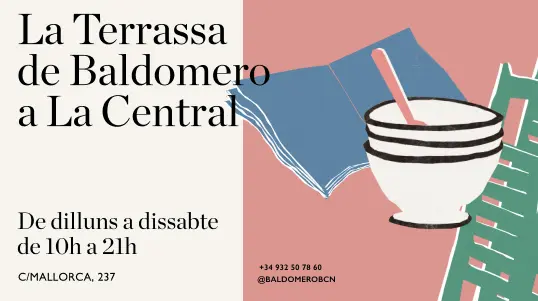Iznik. The artistry of Ottoman ceramics

Iznik. The artistry of Ottoman ceramics
Sense existències ara
Rep-lo a casa en una setmana per Missatger o Eco Enviament*Sobre el libro Iznik. The artistry of Ottoman ceramics de publicado por Thames al 2015:
Lavishly illustrated in full colour throughout, this is a panoramic overview of a spectacular and refined artform, presenting a new vision of one of the most internationally renowned Islamic artforms: Iznik ceramics. Covering both Iznik pièces de forme and the famous Iznik tiles that decorate Ottoman imperial monuments, Iznik integrates the entire spectrum of Iznik production, both tiles and wares, and the broader artistic tradition in which it originated. Denny begins with a description of the particular nature of Islamic art under the Ottoman empire, as well as the methods of the craftsmen who worked under the imperial auspices. He then examines the links between the court style of Istanbul and the ceramic ateliers in Iznik itself, and the crucial role of the dominant styles of the golden age of Iznik ceramics and their most famous creators, Shah Kulu and Kara Memi. The book showcases the array of motifs – floral, vegetal and figurative – used on Iznik wares, looks at the relationship between non-Muslim communities and the Ottoman empire, and closes with an examination of the rich stylistic heritage that Iznik ceramics have given to Western art. Walter B. Denny teaches art history at the University of Massachusetts/Amherst and serves as Senior Consultant in Islamic Art at the Metropolitan Museum of Art. He writes extensively on the art of Ottoman Turkey, and has been photographing the Middle East since he was fifteen. Contents An Empire and its Art Islam and the Ottoman Artistic Accomplishment Artists in the Ottoman Empire: Craftsmen and ´People of Talent´ The Beginnings of Ottoman Ceramic Art at Iznik The Ceramics of Iznik and the Ottoman Court Style The Emergence of Underglaze Tiles as Building Decoration Heavenly Gardens and Enchanted Forests in the Marketplace Depictions, Metaphors, and Vignettes Religious Functions and Iznik Ceramics The Patronage of the ´People of the Book´ The Heavy Hand of History The Legacy of Ottoman Ceramics in East and West Meanings and UnderstandingsEl llibre Iznik. The artistry of Ottoman ceramics de pertany a la matèria
Veure altres ressenyes de Art
Ressenya
Marc Fumaroli
“Mundus muliebris”. Élisabeth Louise Vigée Le Brun, pintora del Antiguo Régimen femenino
Vigée Le Brun era hija de padre pintor y, además, esposa de un marchante de arte, hecho este último que la hacía candidata inaceptable en la Academia de pintura y escultura.

Ressenya
Marta Piñol Lloret
Mitos e imágenes
Las imágenes que nos rodean pueden surgir o pueden adquirir un significado mítico. Imágenes próximas, imágenes místicas, imágenes de empoderamiento, imágenes sobre los principios y los finales, tod...

Ressenya
Sarah Watling
Mañana quizá el futuro
Mañana quizá el futuro nos permite a los lectores de hoy entrever cómo en la historia se da constantemente una lucha por el relato, además de vislumbrar a una generación rebelde dispuesta ...

Ressenya
Joana Masó y Éric Fassin
Elsa von Freytag-Loringhoven. La artista que dio cuerpo a la vanguardia
Alrededor del año 2000, el hallazgo de varios documentos inéditos hizo que la crítica planteara la posibilidad de que la Fontaine (1917), obra firmada por R. Mutt, y generalmente atribuida...






